How AI could become an unlikely ally in the fight against forest fires
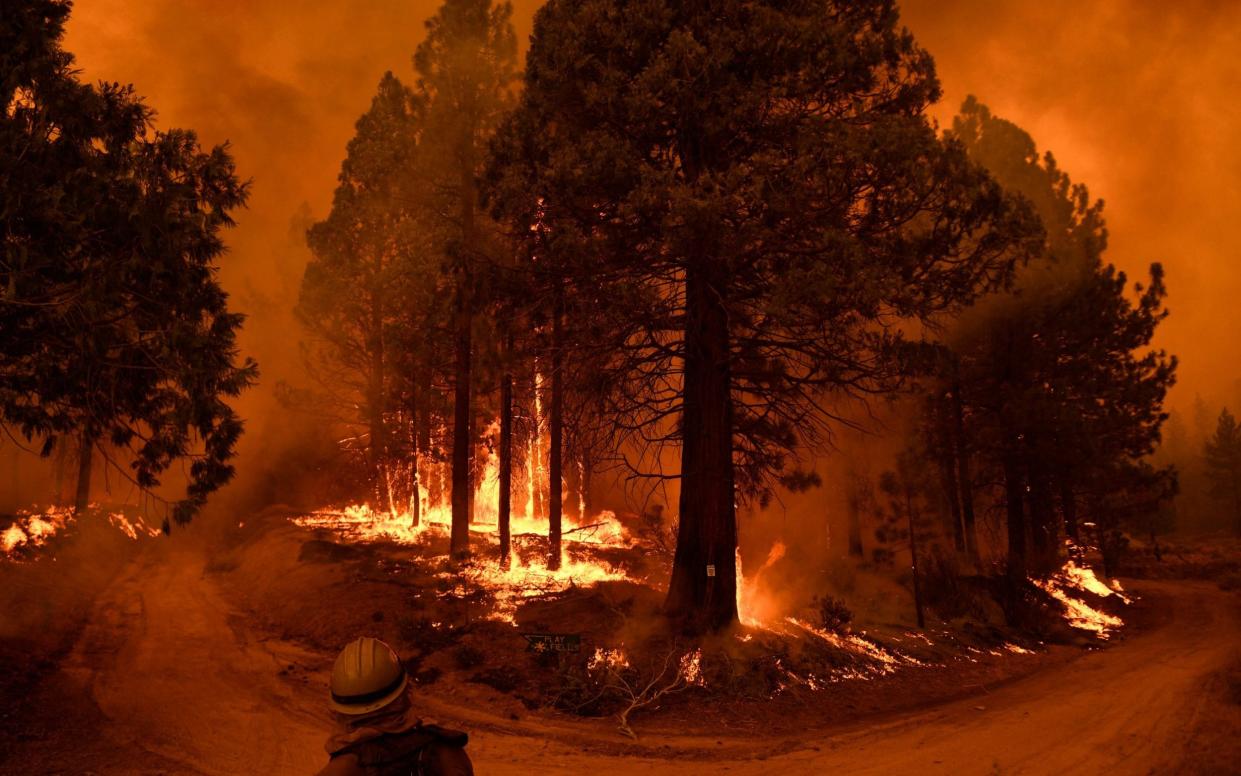
A swarm of drones dart across black clouds of smoke, analysing the direction and intensity of the inferno below.
The data is fed back to a ‘super-computer’ located many miles away and informs decisions about which towns in the wider area to evacuate, with alerts quickly sent to residents’ phones.
At the same time, a dozen AI-guided planes assemble into a halo above one of the inferno’s many hotspots before a cascade of water is unleashed.
Not a single fireman is to be seen – the robots are running the show.
Such an operation might sound like a scene out of a sci-fi blockbuster, but given the rapid advancements of artificial intelligence, this could become a reality in the coming years.
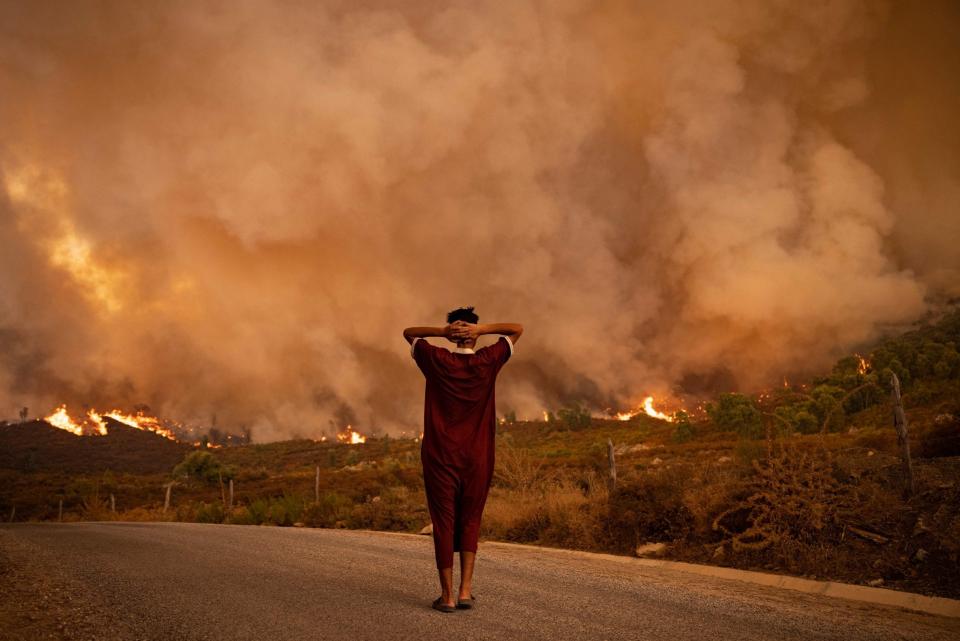
As the world continues to heat up, the threat posed by deadly infernos across much of the world is only going to intensify.
Extreme heat waves are now five times more likely today than they were 150 years ago, according to the World Resources Institute, while the United Nations estimates that the number of forest fires globally could increase by 30 per cent by 2050.
Last year, the wildfires that erupted across Europe were among the worst this century. More than half a million hectares – or an area around twice the size of Luxembourg – was scorched by forest fires in the EU.
Such fires spread at a rate of up to 14 miles per hour and produce around 5.3 billion tonnes of CO2 emission a year – more than any country in the world, except China.
Yet there is concern among experts that the current models and tactics deployed by firefighters are not enough to contain the record-breaking infernos erupting across the planet.
“The fire service needs to adapt to this new world. They cannot stay behind [in the past],” said Marc Castellnou, head of Catalunya’s specialist wildland fighting agency, Graf, and a wildfire analyst with three decades of experience in the field.
Response teams are regularly “overwhelmed” by today’s extreme wildfires, he added.
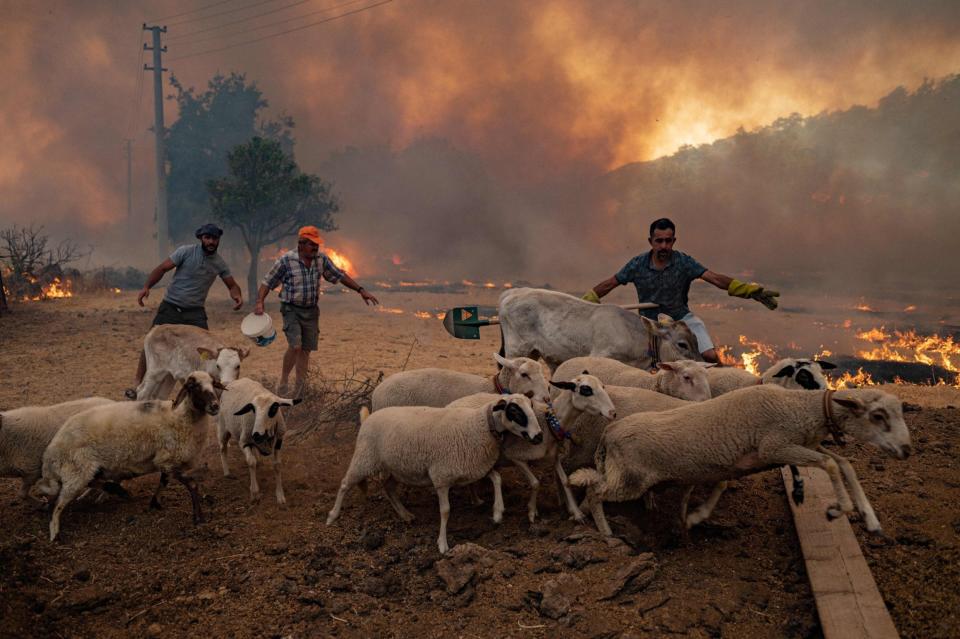
This is where AI comes in. Artificial intelligence is now being widely used to devise new strategies to transform the way that wildfires are detected and controlled.
Robotto – a Danish company that uses drones to provide firefighters with live tracking data – is one of the AI companies spearheading this revolution.
In any wildfire response, it’s crucial that firefighters scout out the affected areas and pinpoint the hot pockets of fire fuelling the inferno, so that they can be extinguished at the root.
Robotto uses autonomous quadcopters, drones with four propellers, to rapidly cover the large spread of the fire and identify these hotspots, feeding the information back to the responders in real time.
There is no input from the firefighters, though. The drone runs on an algorithm and reacts accordingly to the situation unfolding on the ground below, flying from one hotspot to another.
The drones will also provide data on the size and direction of the firestorm, and quickly relay this information onto a map for the firefighters.
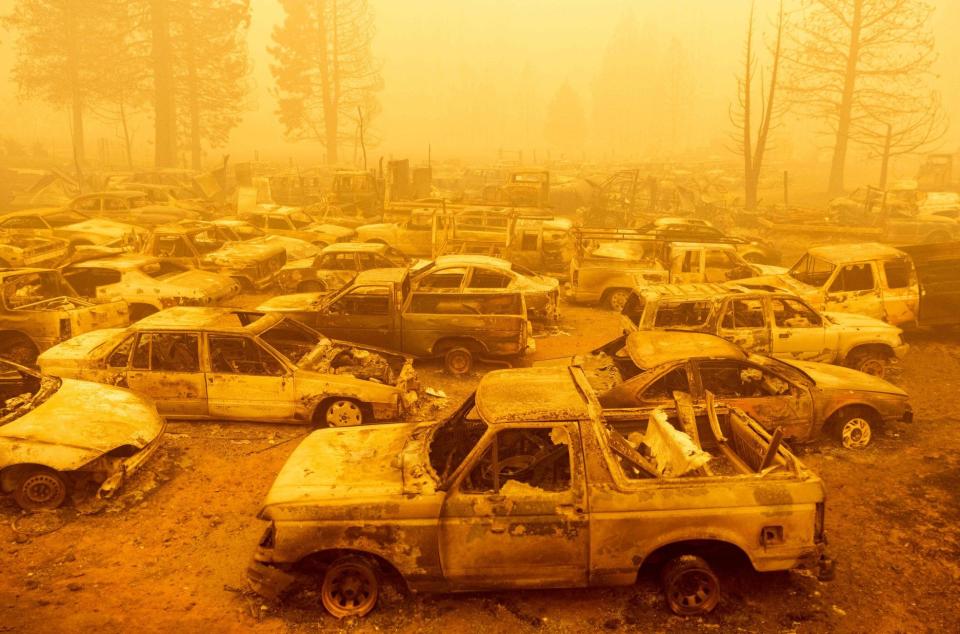
Firefighters traditionally operate on satellite data, but it is incredibly slow, often with a 12-hour lag, rendering the data ineffective. With a quicker flow of information at their disposal, responders’ chances of tackling a forest fire effectively are vastly improved.
“Speed is one of the key points. We want to be accurate, but also we want to be very fast in the predictions,” said Dr Rossella Arcucci, an Assistant Professor in Data Science and Machine Learning at Imperial College London.
Dr Arcucci is another industry expert dedicated to utilising the power of AI to improve emergency responses to forest fires.
But rather than using robotics, her focus is on using social media to identify an inferno’s point of ignition and improve wildfire forecasting. She is working in partnership with the European Space Agency on this research.
Their AI system scans social media – from TikTok and Instagram to Snapchat and X (formerly Twitter) – for videos and images of the wildfire. The content is then filtered and checked to ensure its reliability.
“If you are posting something about a wildfire, you are not in the middle, hopefully you are running … so there is an error of a few kilometres,” said Dr Arcucci.
“We combine the geolocation from the social media post with the risk map and then [the AI software] gives the point with higher probability to be the ignition point.”
The error margins are very low, said Dr Arcucci, as the AI tool ensures cross-validation. “Usually when a wildfire is happening there is never only one person talking about it,” she added.
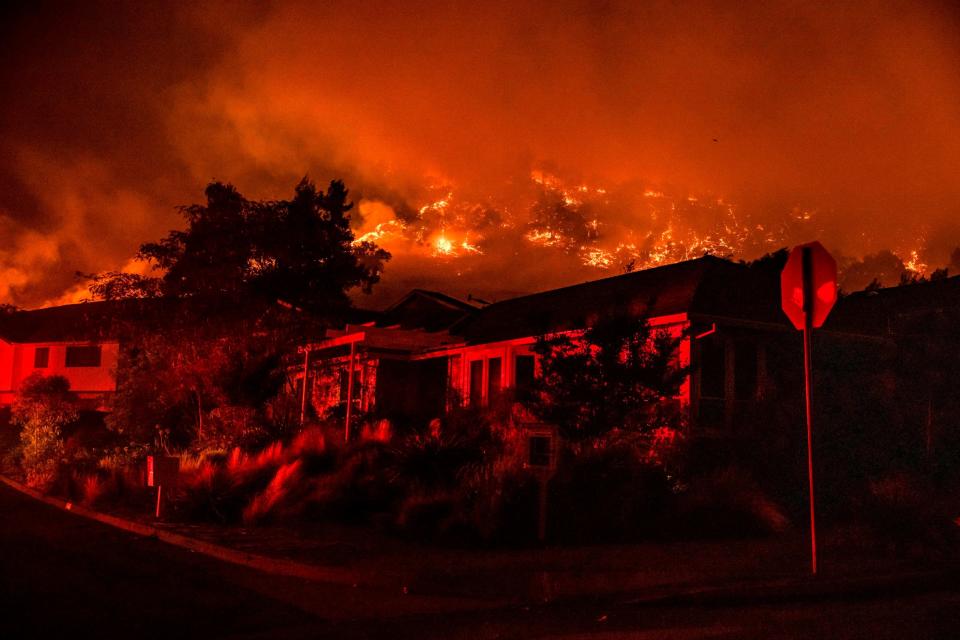
Historically, the power to make decisions lies in the hands of the incident commander, the chief operator who leads the fire management and must balance inputs and opinions from several different sources – from local mayors to electrical and internet company officials.
However, it’s hoped that AI services will cut through the politics of an emergency response and, in centralising all the relevant data and providing live instructions to everyone involved, make it much clearer as to what course of action to follow.
“It puts everybody around the same table,” said Castellnou. “It’s not a blaming game anymore. Now it is a game of responsibilities.”
Robotto are also developing plans to create autonomous AI controlled water bombers – traditionally pilot-controlled planes that drop water to attack the wildfire from the air – within the next three years.
“They would look like a plane without a cockpit,” says Dr Kenneth Geipel, the CEO and co-founder of Robotto.
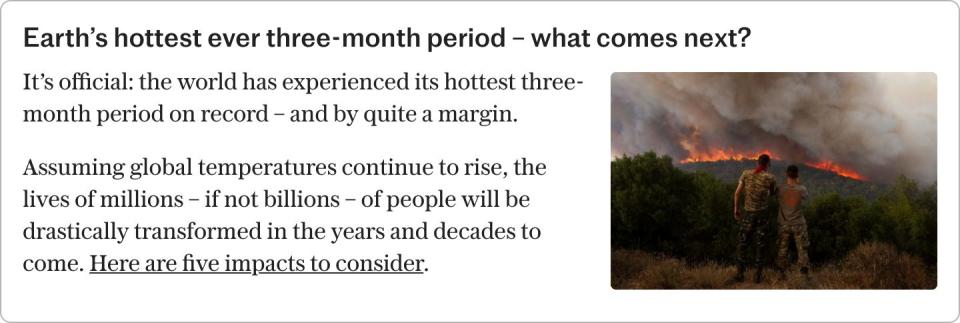
Could the use of AI and robots therefore one day remove the need for firefighters and human responders?
“I completely agree with this. The first step to have an immediate effect would be replacing water bombers and other aerial assets, because that’s a high-risk job that they have to do … particularly in the rural areas, because they get too close to the fire and the heat,” said Dr Geipel.
“Replacing the guys on the ground itself will be a minimum of 20 years … but 100 percent we should be able to [do it].”
Others aren’t so convinced, though, and believe there will always be a role to play for firefighters, whose expertise and instinct will never be recreated by robots.
“AI allows us to work faster and remain safer, but doesn’t allow us to create new solutions. It seems to be much more efficient, but it doesn’t change the game,” said Castellnou.
“The technology still needs people with knowledge of the matter. I don’t need workers of hoses and engines and people to wear helmets – I need people because of their way of thinking.”
Protect yourself and your family by learning more about Global Health Security

